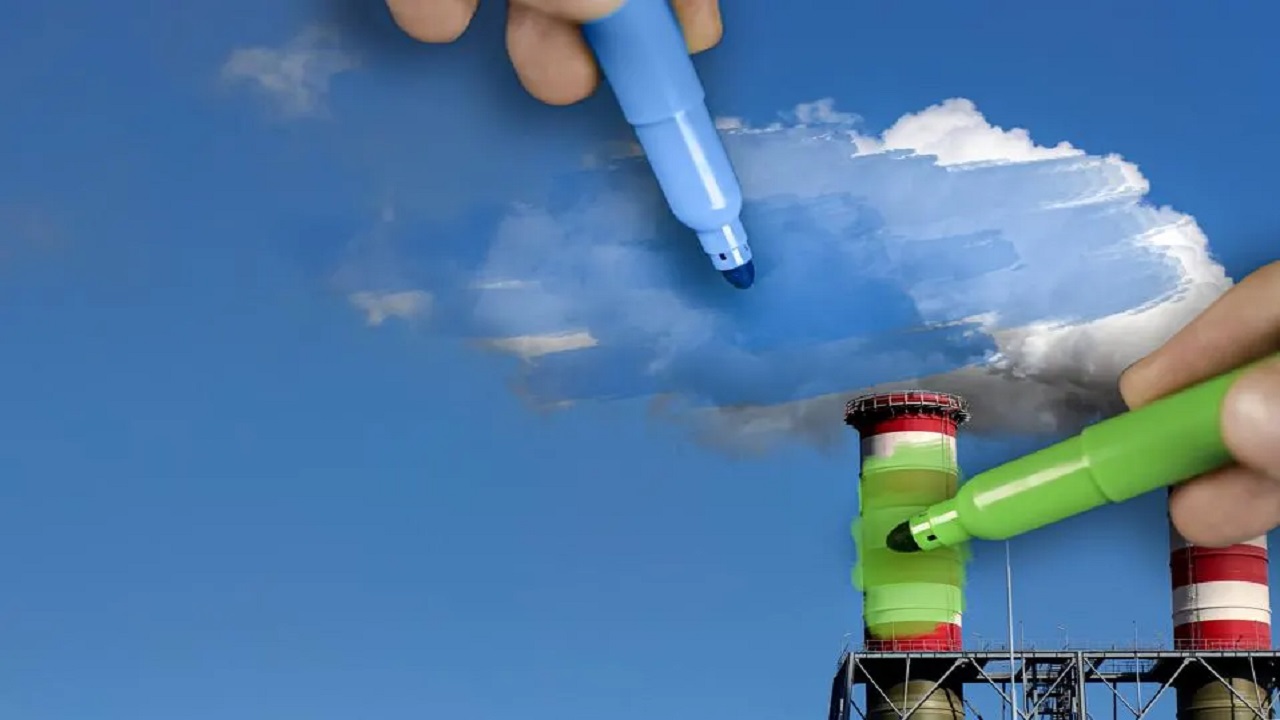India’s Fight Against Hoax Bomb Threats on Social Media
Context :
- The Ministry of Electronics and Information Technology (MeitY) issued an advisory to social media platforms, urging them to take accountability in curbing threats against flights operating from India.
- The advisory stressed the uncontrolled spread of hoax bomb threats via forwarding, resharing, and reposting features on social media platforms.
Advisory to Address Hoax Bomb Threats on Social Media
Recent Hoax Bomb Threats Impacting Airlines:
- Disruptions to Indian Airlines: In the last two weeks, Indian carriers, including Air India, Vistara, Air India Express, Indigo, Alliance Air, and Star Air, faced a series of hoax threats.
- These incidents led to emergency responses, rerouting of flights, and even military fighter jet intercepts, especially when emergency transponder codes were triggered in international airspace.
- Despite being hoaxes, the threats caused delays and financial losses estimated at ₹13-₹17 lakh per hour for the airlines.
Origin and Nature of Threats:
- Most threats originated on social media, according to the government. Intelligence agencies are investigating these threats, focusing on tracking IP addresses and VPN usage.
- While initial threats appeared to be hoaxes, authorities are cautious, given the scale of India’s 4,000 daily flight operations.
- Since the start of these incidents, approximately 275 threats have affected around 48,000 flights.
Aviation Security Framework
-
ICAO’s Aviation Security Directives:
- India’s aviation security guidelines align with the International Civil Aviation Organization’s (ICAO) Annex 17 on Aviation Security, which mandates global measures against interference in civil aviation.
- The ICAO Aviation Security Manual (Doc 8973) provides member states with detailed security procedures and is regularly updated to counter evolving threats.
-
Security Agencies and Measures in India:
- In India, the Bureau of Civil Aviation Security sets security standards for civilian flights, while the Directorate General of Civil Aviation (DGCA) oversees flight safety.
- Additional agencies involved include the Airports Authority of India, CISF, NSG, IB, RAW, and the Ministry of Home Affairs.
-
Proposed Legal Amendments to Strengthen Aviation Security:
- In response to recent security threats, amendments are being considered for the Aircraft Act 1934, Aircraft Rules 1937, and related laws.
- Planned updates include stricter penalties, no-fly list provisions, and expanded legal recourse for security breaches.
- Proposed updates to the Suppression of Unlawful Acts against Safety of Civil Aviation Act, 1982 would further strengthen responses to in-flight and on-ground threats.
Challenges in Handling Security Threats
-
Systemic Issues:
- While details remain undisclosed, the recent incidents reveal systemic gaps in procedures, training, technology, communication, and regulatory enforcement within aviation security.
-
Recommended Technological Investments:
- Experts recommend advanced call tracking, AI-powered call analysis, voice stress analysis, and threat assessment systems to address hoax threats.
- Emerging technologies, such as quantum computing and aviation cybersecurity frameworks, could bolster security.
- AI-powered chatbots for preliminary threat assessments and profiling could help understand motivations and threat levels.
-
Deterrence and Awareness Strategies:
- Experts suggest publicly displaying photos of offenders on social media and at airports as a deterrent.
- They also recommend creating a global hoax call database and offering rewards for informers to encourage reporting of hoax threats.
About the Advisory
MeitY’s Advisory on Social Media Compliance:
- MeitY has advised all social media platforms to comply with the Information Technology (IT) Rules and Bharatiya Nyaya Sanhita (BNS) by making significant efforts to promptly remove bomb threat posts. Non-compliance could lead to legal accountability.
Legal Framework:
- The advisory relies on provisions of the IT Act, 2000 and IT (Intermediary Guidelines and Digital Media Ethics Code) Rules, 2021, mandating intermediaries to remove harmful misinformation.
- Previously, these provisions were invoked to tackle deepfake content under Rule 3(1)(b) of the IT Rules, which prohibits false and misleading information.
Potential Consequences for Non-Compliance:
- Non-compliant platforms risk losing intermediary liability protections, subjecting them to legal action as publishers of harmful content.
- The Ministry emphasized that legal actions could be pursued under both the IT Act and the Bharatiya Nyaya Sanhita, 2023 if due diligence is not maintained.




Comments (0)